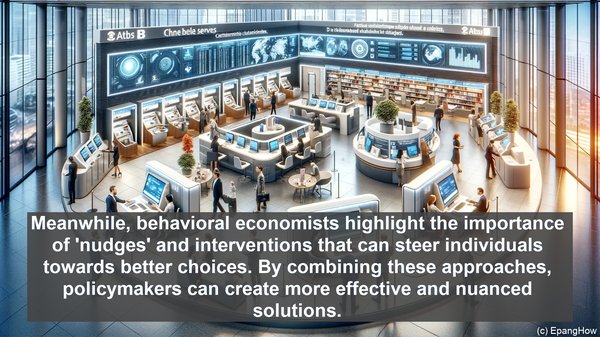Introduction: The Vast Landscape of Economics
Hello everyone! Economics, the study of how individuals and societies allocate resources, is a multifaceted discipline. Today, we’ll be focusing on two distinct branches: institutional economics and behavioral economics. While both offer valuable insights, they diverge in their approaches and emphases.

Foundations of Institutional Economics
Institutional economics centers around the role of institutions, such as laws, regulations, and social norms, in shaping economic behavior. It recognizes that these external factors significantly influence individual decisions and market outcomes. For instance, property rights, a fundamental institution, provide the basis for trade and investment. By studying how institutions evolve and interact, institutional economists aim to understand the dynamics of economic systems.

Behavioral Economics: The Human Element
On the other hand, behavioral economics delves into the cognitive and psychological factors that drive economic choices. It acknowledges that individuals often deviate from the rational, self-interested model assumed in traditional economics. Instead, they are influenced by biases, heuristics, and social factors. By incorporating insights from psychology, behavioral economics seeks to provide a more realistic understanding of decision-making.
Complementary Perspectives: Examples
To illustrate the differences, let’s consider an example. Institutional economics might analyze how a change in tax policy affects investment patterns, taking into account the existing legal framework. In contrast, behavioral economics might explore why individuals tend to procrastinate when it comes to tax filing, examining the psychological barriers at play. Both perspectives offer valuable insights, but they focus on different aspects of the issue.
Implications for Policy and Design
The divergent emphases of institutional and behavioral economics have practical implications. Institutional economists often advocate for well-designed institutions and regulations that promote efficiency and fairness. Meanwhile, behavioral economists highlight the importance of ‘nudges’ and interventions that can steer individuals towards better choices. By combining these approaches, policymakers can create more effective and nuanced solutions.
